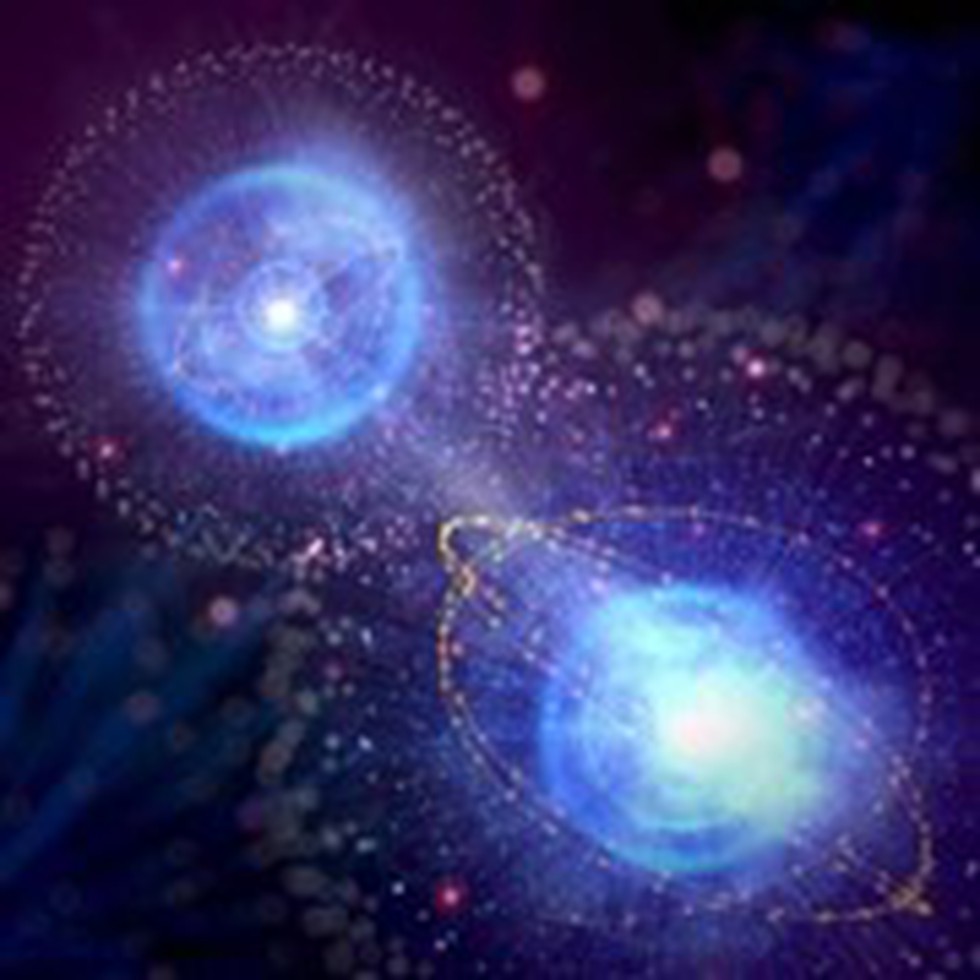Astronomers from Liverpool John Moores University have delved into the mysteries of a recently discovered nova, AT 2023prq, using photometric and spectroscopic observations. Their findings, published in the November issue of the Research Notes of the American Astronomical Society (AAS), provide valuable insights into the nature of this celestial event.
Novae, characterized by sudden and dramatic increases in stellar brightness, offer crucial clues about fundamental astrophysical processes, including stellar evolution. They result from accretion, the process of material transfer between stars in a binary system, typically involving a white dwarf and its companion.
AT 2023prq, also known as ZTF23aaxzvrr, was detected on August 15, 2023, by the Zwicky Transient Facility (ZTF) in the halo of the Andromeda galaxy, also known as Messier 31 (M31). With an initial r′-band magnitude of 17.13, follow-up observations were promptly initiated to unravel its characteristics.
Astronomers Michael Healy-Kalesh and Daniel Perley from Liverpool John Moores University were among the first to observe AT 2023prq following its detection. Utilizing the Liverpool Telescope (LT) and other ground-based facilities, they monitored the nova until the end of August 2023.
Their observations revealed an absolute peak magnitude of approximately -7.6 for AT 2023prq. Based on the data collected, the projected distance of this nova from the Andromeda galaxy was estimated to be around 150,000 light years.
The study also highlighted AT 2023prq’s exceptionally rapid decline time, estimated at around 3.4 days. This rapid decline, coupled with its low absolute magnitude, suggests that it belongs to the “faint-and-fast” category of novae.
Spectroscopic observations of AT 2023prq further revealed helium emission lines in its spectra and relatively high ejecta velocities derived from the hydrogen-alpha emission line. These findings indicate that AT 2023prq, unlike other spectroscopically classified halo novae, falls within the helium/nitrogen spectroscopic class.
In conclusion, the authors of the study classified AT 2023prq as a classical nova. Classical novae occur when hydrogen-rich matter accreted from the donor star reaches a critical pressure and undergoes a thermonuclear runaway at the base of the accreted layer. During an eruption, these novae can reach absolute magnitudes as bright as -10.5.
The researchers also noted that AT 2023prq is “hostless,” meaning it resides at a relatively large distance from the Andromeda galaxy. Their observations confirm that AT 2023prq belongs to the halo of this galaxy and represents one of the most distant novae from its host ever detected.
